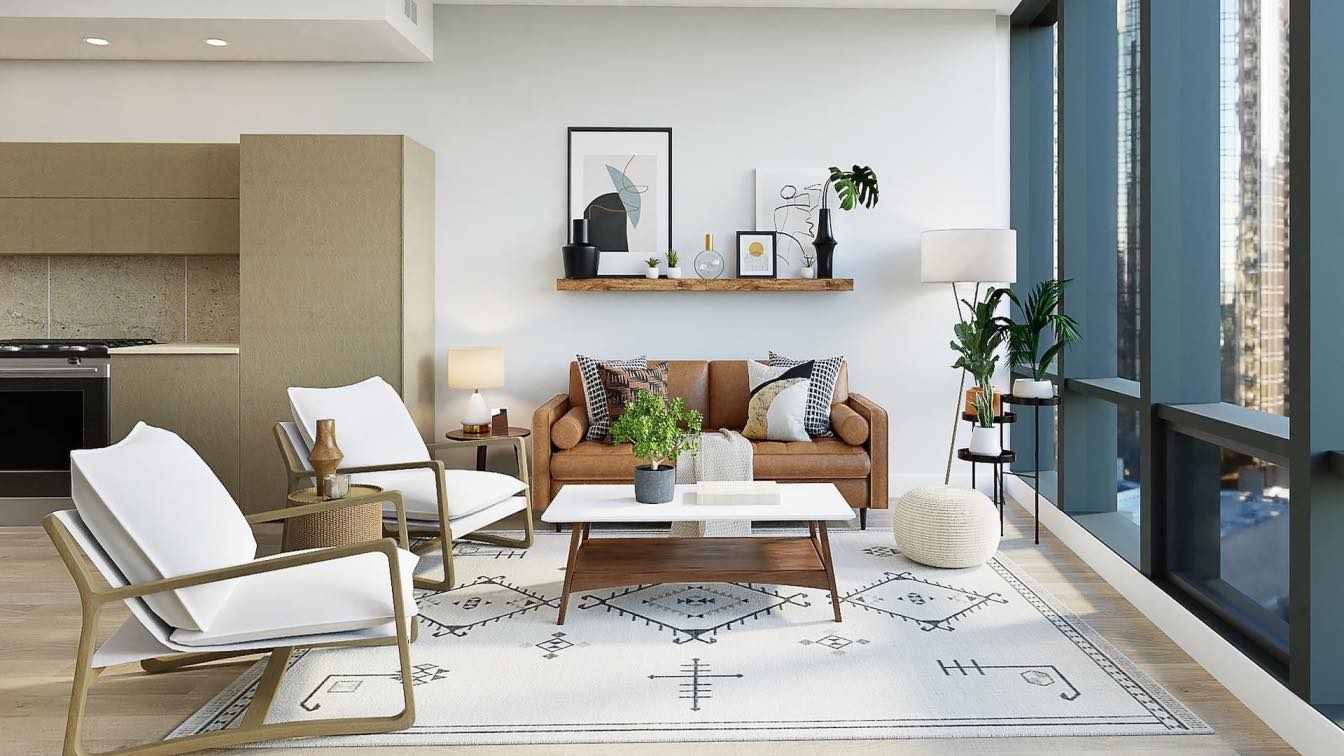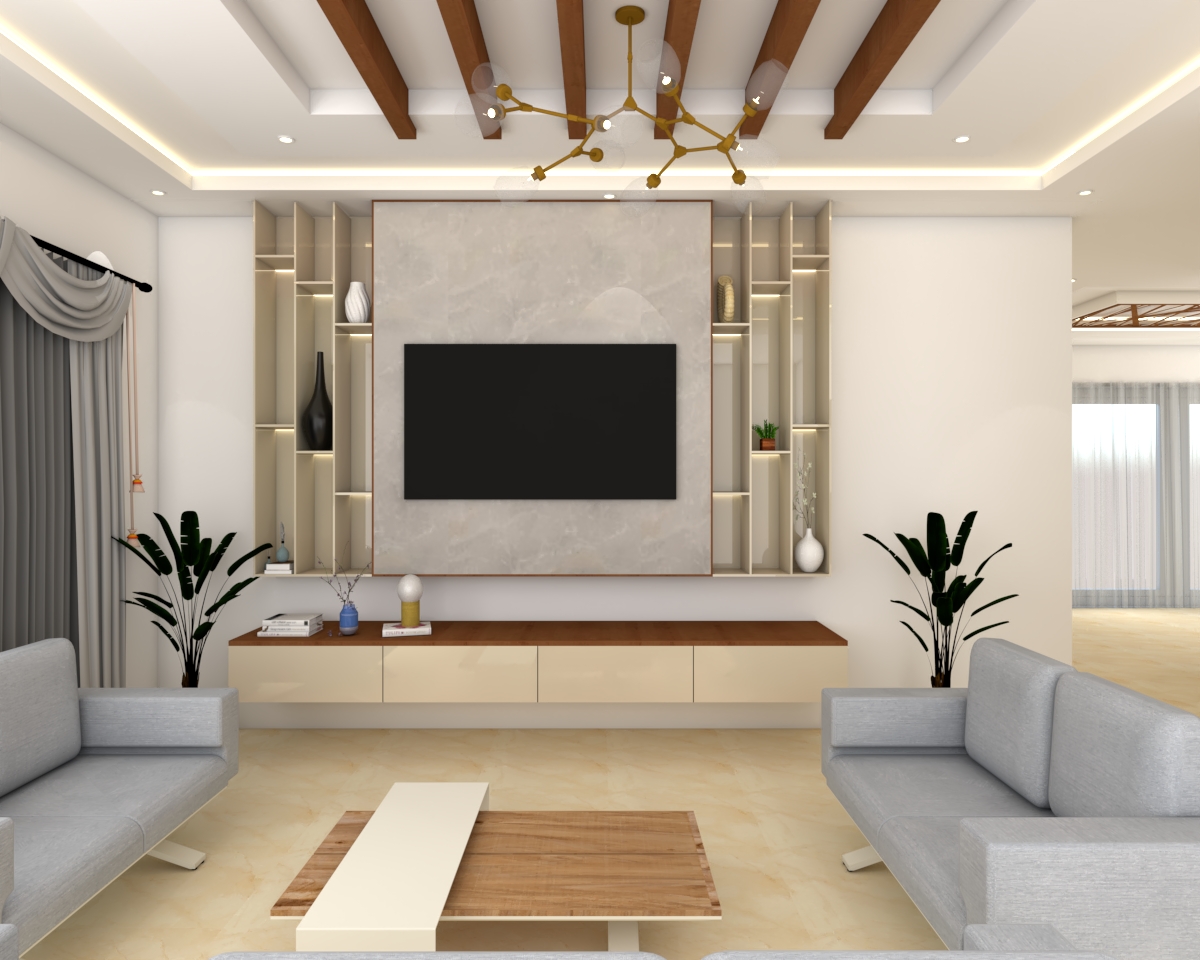Develop Special Rooms with Specialist Interior Design Miami Techniques
Why Understanding the Principles of Interior Layout Is Vital for Effective Space Planning
Understanding the principles of interior design is fundamental to effective space planning, as it lays the foundation for developing settings that harmonize functionality with aesthetic allure. Essential elements such as circulation, equilibrium, and percentage are not simply ornamental considerations; they are important in enhancing how a space is made use of.
Relevance of Area Preparation
Area planning is a fundamental facet of indoor style that considerably influences the capability and visual appeals of a space. It entails the critical plan of furniture, fixtures, and building aspects to optimize using readily available room while improving the general individual experience. Efficient space planning addresses different variables, including flow, availability, and the certain demands of the occupants.
Among the primary advantages of space preparation is its ability to boost spatial efficiency. Interior design Miami. By attentively arranging a design, developers can guarantee that every location serves an objective, reducing clutter and advertising a sense of order. Furthermore, proper area preparation fosters an unified environment, enabling seamless motion and interaction within an area
Moreover, successful room planning thinks about all-natural light, sightlines, and the connection in between different locations. This holistic technique not only boosts the aesthetic allure however also adds to the health and productivity of the owners. Inevitably, a well-executed space plan contributes in creating a balanced and welcoming atmosphere, making it crucial for any type of interior decoration job.
Trick Principles of Interior Decoration

One basic concept is balance, which can be symmetrical, unbalanced, or radial. Balanced balance creates a sense of order, while asymmetrical equilibrium supplies a more dynamic visual charm. An additional essential principle is proportion and range, making certain that the size of furniture and decoration elements relate harmoniously to each other and the general area.
Shade concept additionally plays a substantial duty, affecting mood and perception. Designers use color schemes to stimulate details sensations and boost the spatial experience. In addition, the concept of rhythm entails developing a feeling of activity via rep of shades, shapes, or patterns, assisting the eye throughout the room.
Last but not least, the concept of focus routes attention to centerpieces, enabling a clear narrative within the design. Luxury Interior designer Miami. By adhering to these essential principles, interior designers can create environments that not only meet functional demands however also resonate with the occupants on an emotional level
Impact on Functionality and Flow

The setup of furnishings, the option of materials, and the assimilation of modern technology all play essential functions in accomplishing optimal capability. Placing seating areas in closeness to work areas can help with interaction and cooperation, therefore improving efficiency. Additionally, making certain that paths are clear and unblocked permits efficient movement, reducing blockage and promoting an all-natural flow throughout the space.
In addition, integrating elements useful link such as illumination and color can additionally aid in marking areas, making it much easier for individuals to navigate their setting. Thoughtful area planning takes into consideration not only the physical aspects of style yet likewise exactly how customers communicate with their environments. Ultimately, a concentrate on capability and flow not only enhances the customer experience but likewise boosts the total effectiveness of the area, developing a setting that meets the requirements of its owners while fostering a sense of harmony and equilibrium.
Enhancing Aesthetic Appeals and State Of Mind
3 key elements-- texture, color, and illumination-- play critical functions in improving the looks and state of mind of an indoor room. Shade develops the psychological tone; cozy tones like oranges and reds stimulate power and warmth, while cooler tones such as blues and greens promote peace and peace. Picking an unified shade scheme can change an area, producing a cohesive and visually appealing setting.
Appearance includes deepness and rate of interest, adding to the tactile experience within a room. A mix of appearances-- smooth surface areas, deluxe textiles, and natural products-- can develop aesthetic intrigue and boost convenience. Pairing a soft velvet couch with a streamlined glass coffee table can produce a balanced visual that welcomes interaction.
Lights, commonly a learn the facts here now neglected element, dramatically effects mood. All-natural light fosters an open, airy environment, while strategically positioned synthetic lights can produce warmth and emphasize architectural attributes. Dimmer buttons allow versatility, permitting for changes to match numerous tasks or times of day.
Integrating these 3 elements thoughtfully not just boosts the visual charm of a room yet also grows an ambience that resonates with its designated function, inevitably enriching the general experience for its passengers.
Practical Applications in The Real World
Applying interior decoration concepts in reality requires a thoughtful approach that integrates shade, appearance, and lights right into everyday spaces. By comprehending exactly how these components function with each other, individuals can create atmospheres that are not only visually attractive however harmonious and likewise practical.
For circumstances, in a tiny living location, using a light shade palette can make the area feel bigger and extra open. Strategic usage of mirrors can enhance natural light and create an illusion of depth. Integrating different structures with fabrics, such as carpets and pillows, can include heat and passion without frustrating the detects.
Lights plays a vital duty in specifying the ambience. Split lighting, including ambient, task, and accent options, permits flexibility in state of mind setups. In an office, for instance, a mix of all-natural light, workdesk lamps, and decorative fixtures can enhance performance while keeping an inviting atmosphere.
Furthermore, understanding spatial partnerships and furnishings plan my website can result in improved functionality. By sticking to principles such as balance and percentage, one can make sure that areas offer their desired function while remaining aesthetically pleasing. On the whole, functional applications of interior decoration concepts substantially improve the livability and appeal of any kind of environment.
Conclusion
In verdict, comprehending the principles of interior layout is critical for efficient space preparation, as it promotes a balance in between performance and aesthetics. By using key ideas such as proportion, color concept, and circulation, designers can create settings that improve both usability and visual allure. Eventually, this understanding adds to the growth of spaces that not just meet sensible demands but additionally elevate the total environment, resulting in more satisfying and efficient experiences for individuals.
Recognizing the principles of interior layout is fundamental to efficient room preparation, as it lays the groundwork for producing environments that balance functionality with aesthetic allure.Space planning is a basic element of indoor style that considerably affects the functionality and appearances of a space. Furthermore, correct space planning cultivates a harmonious environment, enabling for smooth activity and interaction within a space.
Furthermore, the concept of rhythm includes producing a feeling of movement through repetition of patterns, colors, or forms, guiding the eye throughout the space.
In conclusion, understanding the principles of interior design is essential for efficient area preparation, as it promotes a balance between functionality and aesthetic appeals.